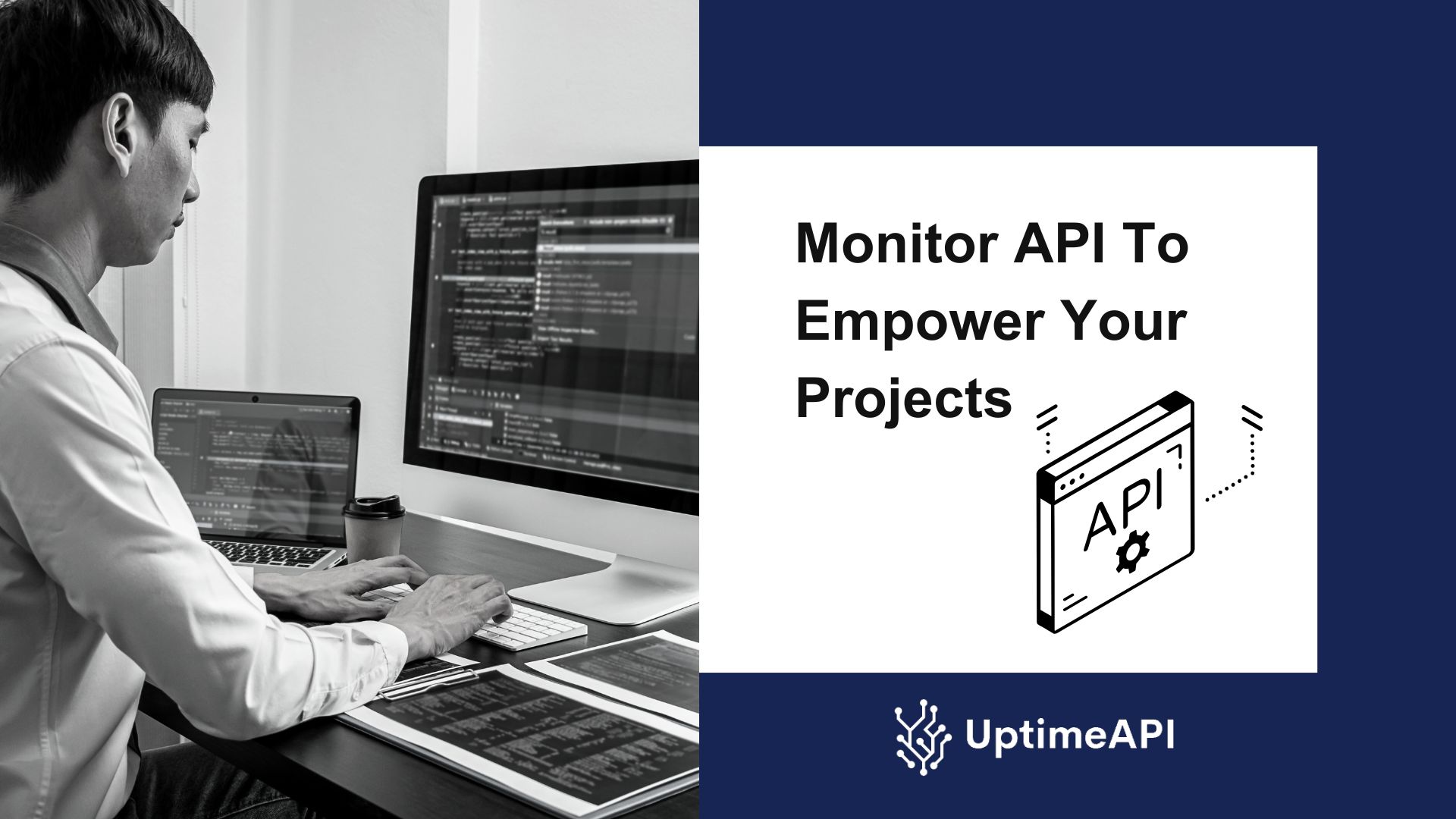Monitor API To Empower Your Projects

Continuous tracking and analysis of API performance data is part of a Monitor API, which helps to identify problems and guarantee optimal operation. By proactively identifying possible issues before they become more serious, it reduces downtime and improves user experience. Since modern software development relies more and more on APIs, efficient monitoring is now essential to the project's success.
Importance of Proactive Monitoring in Project Success
Proactive monitoring entails anticipating and addressing issues before they impact project performance. By monitoring key metrics such as response time, error rates, and uptime, project teams can identify bottlenecks and inefficiencies early on, allowing for timely intervention and resolution. This proactive approach is vital for maintaining project momentum and meeting delivery deadlines.
How A Monitor API Project Teams
A Monitor API empowers project teams by providing them with real-time visibility into the performance of APIs. It enables teams to detect issues promptly, respond effectively, and optimize performance for better project outcomes. By leveraging monitoring tools and platforms, project teams can streamline processes, minimize disruptions, and deliver high-quality solutions to clients.
API performance indicators are continuously tracked and analyzed as part of API monitoring to guarantee peak functioning and dependability. With the goal of quickly identifying and resolving problems, it includes a number of components, such as real-time monitoring, alerting, and analysis. Monitoring response times, error rates, uptime, usage trends, and other pertinent metrics is part of API monitoring, which evaluates the functionality and overall health of APIs. It also entails putting alerting systems in place to inform relevant parties of any departures from expected conduct.
The success of a project depends on API monitoring since it reduces downtime, improves performance, and improves user experience. Project teams may guarantee seamless project execution and customer satisfaction by proactively monitoring APIs and identifying and resolving issues early on.
When selecting monitoring tools, project teams should consider factors such as scalability, customization, and integration. Scalability ensures that the monitoring solution can handle increasing volumes of API traffic, while customization allows teams to tailor monitoring parameters to their specific requirements. Integration with existing systems and workflows is also important for seamless implementation and management.
Uptime API

You can keep an eye on your APIs with the Uptime API. It functions by routinely verifying that your APIs are operational and functioning as intended. It's simple to set up monitors. By giving the URL of the desired API endpoint to be watched, together with the ability to modify the watch's timeouts and intervals, you can establish monitors. You will be able to monitor changes in API uptime and performance over time thanks to the historical data and analytics the API offers. Obtain access to your logs so you may investigate any API problems.
The Uptime API's timeouts indicate how long it will wait for a response, and its monitoring intervals dictate how frequently it checks the functionality of your API. These settings allow you to tailor monitoring to your requirements and tastes. On your dashboard, you can choose which contacts should receive notifications and set up alarms. You can then inform your team in this manner. You can select the package that best meets your needs for monitoring from a range of configurable options with different monitor restrictions.
US dollars are used to display all prices. All major credit and debit cards are accepted. One of the most reputable payment businesses in the world, Stripe, powers the payment system, which makes use of the newest security technology. Additionally, you have thirty days to test the Uptime API without charge before deciding to upgrade to a better plan.
